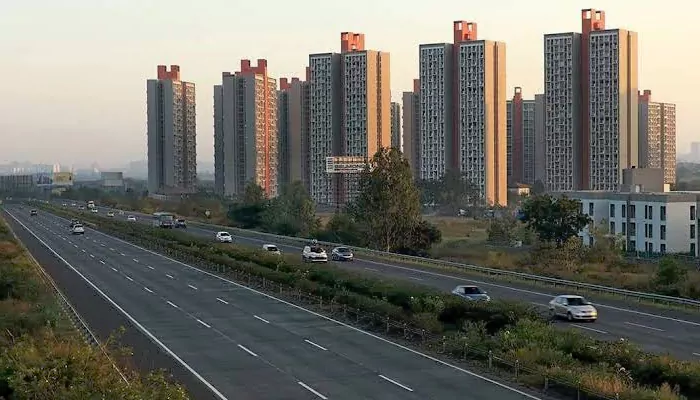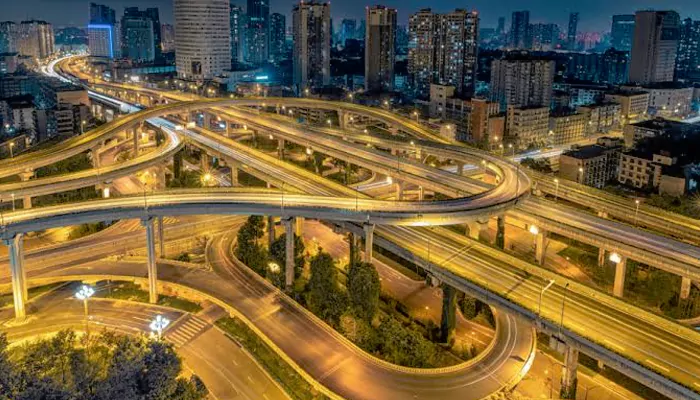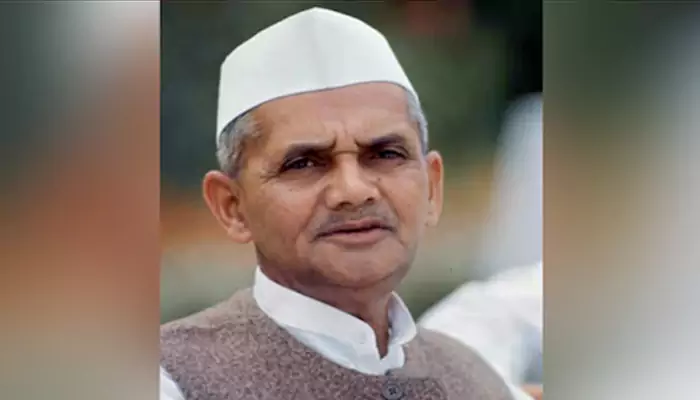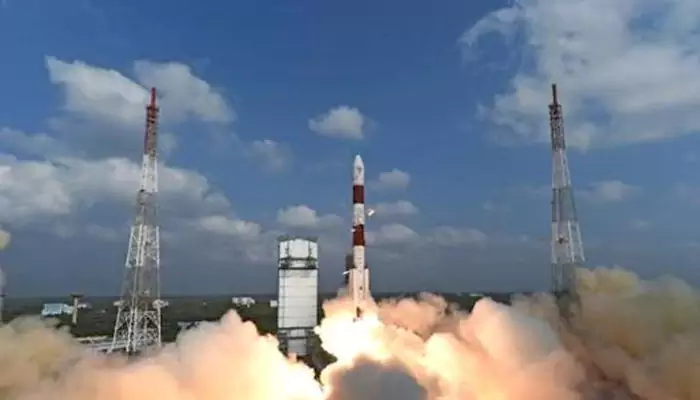Union Budget 2024: How Government's Infrastructure Plan Impacts You - Shifting Focus to Health, Education, and Housing
- Admin
- 1 year ago
- 3 minutes read

In recent years, India's infrastructure capacity has seen substantial improvements, largely funded by government initiatives. In the upcoming budget, the momentum towards enhancing infrastructure is expected to persist. The government's commitment to infrastructure development remains strong, suggesting continued investment in this crucial sector.
Over the past three years, the government has invested 23 lakh crore rupees in infrastructure. A substantial portion of this investment has been directed towards roads, highways, and railways. Furthermore, the government has provided incentives to states, enhanced power availability, and accelerated both highway and rural road construction. Efforts to improve logistics have also been prioritized, leading to significant advancements in transportation infrastructure across the country.
India's Infrastructure Investment: A Closer Look

This dedication to infrastructure is evident in the capital spending to GDP ratio, which has risen significantly from 1.6% in 2018-19 to 3.2% in 2023-24. A significant portion of this expenditure, nearly 40% of the total capital spending this year, has been allocated to the development of roads, highways, and railways. Additionally, the government has encouraged state participation in infrastructure development by providing long-term, interest-free capital expenditure loans in recent years.
India's Gains from Infrastructure Development

India's strategy has yielded notable results. The average power availability has increased in both rural and urban areas. There has been a rapid expansion of highway and rural road construction. The number of airports and domestic passenger traffic have risen. Railway line electrification has progressed, and major port cargo handling capacities have improved. These advancements are evident on a global scale as well. For example, India's rank in the World Bank's Logistics Performance Index (LPI) climbed to 38th in 2023 from 44th in 2018, reflecting significant enhancements in infrastructure related to international shipments and the overall quality of India's logistics.
The Future of Infrastructure and the Need for Budgetary Support
Maintaining and expanding India's infrastructure capabilities presents a significant challenge for 2024-25. The government's focus on fiscal consolidation and reducing the fiscal deficit to meet medium-term goals of 4.5% of GDP by 2026 will likely constrain infrastructure growth. The aim to invest around 11 lakh crore rupees in infrastructure next year may be difficult to sustain as economic growth outpaces government spending. Consequently, there is an urgent need to motivate the private sector to contribute to and finance the next phase of infrastructure development, ensuring continued progress despite fiscal limitations.
So, what should infrastructure push 3.0 look like?
Enhancing India's potential growth in the global economy demands a renewed focus on social infrastructure, particularly in health, education, and housing. While past budgets made strides, a more concerted effort is now crucial. The PM Awas Yojana (Urban), launched in 2015 with "housing for all" as its goal, has achieved 1.2 Crore houses against a target of 2 Crore. Health infrastructure, currently at 1.3 beds per 1,000 people versus WHO's recommended 3 beds, necessitates an additional 2.4 million hospital beds.
Infrastructure spending must also pivot towards India's green economy transition. This entails bolstering renewable energy capacities, supporting energy infrastructure, and accelerating adoption of green technologies. Despite a 35,000 crore rupee allocation in 2023-24 for energy transition and net zero objectives, only a fraction has been utilized by the Ministry of Petroleum & Natural Gas.
Furthermore, tourism infrastructure merits greater attention, promising not just economic benefits through increased foreign exchange earnings but also substantial employment opportunities. India's tourism sector contributes approximately 5% to GDP, contrasting with countries like Thailand where it exceeds 10%.
While India has made strides in expanding infrastructure, a strategic shift is imperative. Infrastructure 2.0 must prioritize sustainable and social capacities to enhance competitiveness and global supply chain integration. The upcoming budget presents an opportunity to kickstart progress in these critical areas.












